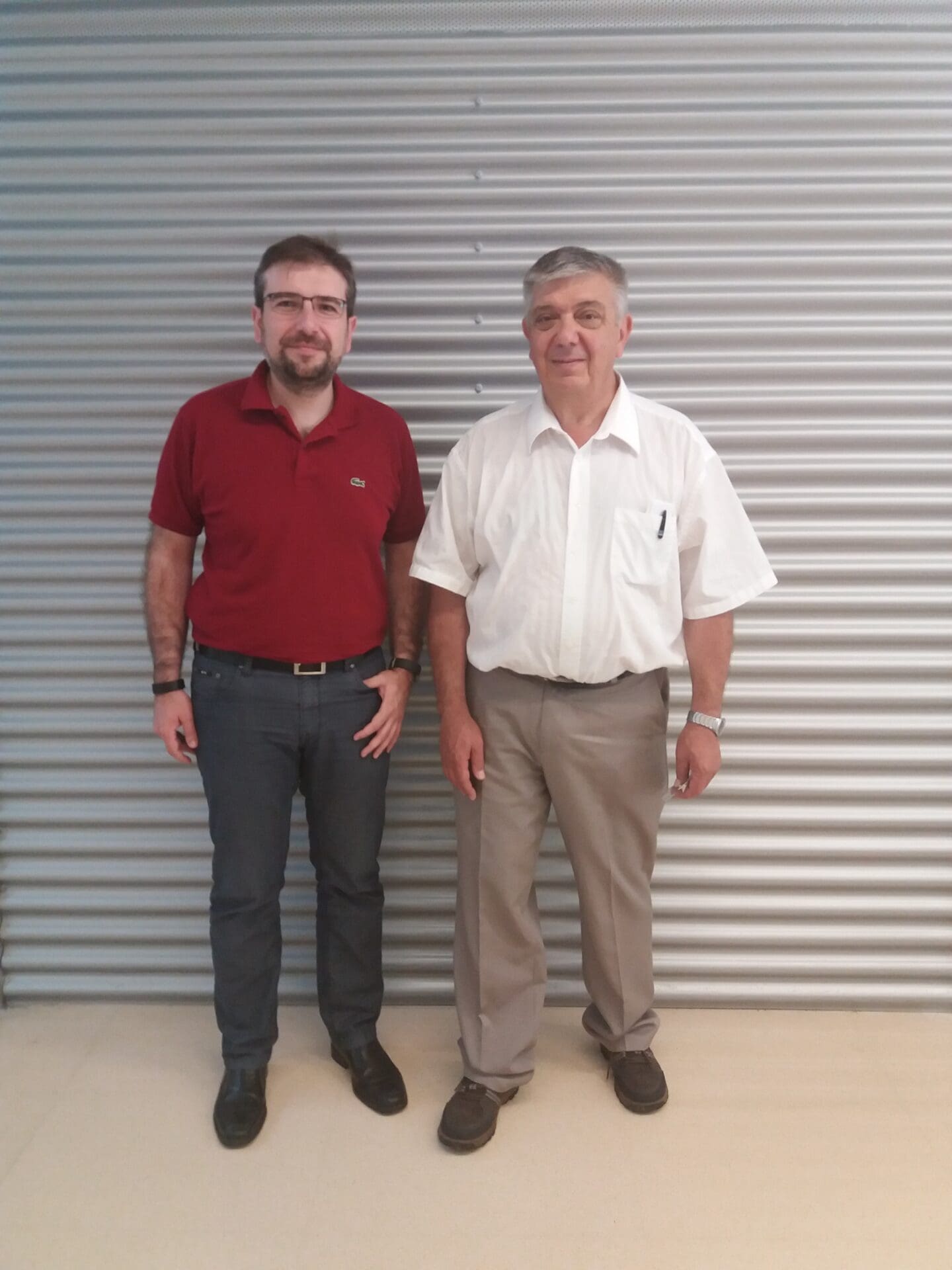
 19/06/2017
19/06/2017
 12:00
12:00
 ICIQ Auditorium
ICIQ Auditorium
- Lecturer: Prof. J.C Scaiano
- University: University of Ottawa (Canada)
Click Nanocatalysis, One Molecule at a Time
Organic photochemistry is an excellent tool for the production of nanostructures of gold, silver, copper, cobalt, niobium, and other elements. Copper (I) is known to be an excellent catalyst for ‘click’ reactions, a characteristic that is shared by copper nanoparticles (CuNP). Three example of CuNP catalyzed click reactions will be presented. We ask the question: Is single molecule spectroscopy ready to become a tool in organic chemistry and drug discovery?
In the first example colloidal CuNP are used as click catalysts and we ask whether CuNP are the ‘real’ catalysts or merely the providers of Cu(I) in solution. Modern microscopy techniques allow us to examine the catalytic process at a single particle level and one molecule at a time. This allows the differentiation of true heterogeneous catalysis from cases where homogeneous catalysis plays a role, even when the catalyst as-introduced is heterogeneous.
While scaling down reactions from ‘the mole to the molecule’ offers a unique intimate understanding of reaction mechanisms, the real challenge is to transfer the molecule-level knowledge back to the laboratory bench thus taking advantage of the information to improve catalysis at the production level. The second example deals with copper-on-charcoal (Cu@C) a commercial catalyst. We use single molecule techniques to understand the efficiency and reactivity of Cu@C and use this knowledge to improve the process at the laboratory scale.
In a third example we show that the click reaction can be converted into a photoactivated process (photoclick) by decorating TiO2 with CuO nanoparticles on its surface. This material is not a click catalyst, as the copper is available as Cu(II). However, upon photoexcitation of the TiO2 support transfers an electron from the conduction band to CuO, effectively producing a Cu(I) site and thus a click catalyst. In this way the click reaction can be photoactivated with the anticipated spatial and temporal control.
Other events

Let's create a brighter future
Join our team to work with renowned researchers, tackle groundbreaking
projects and contribute to meaningful scientific advancements



















